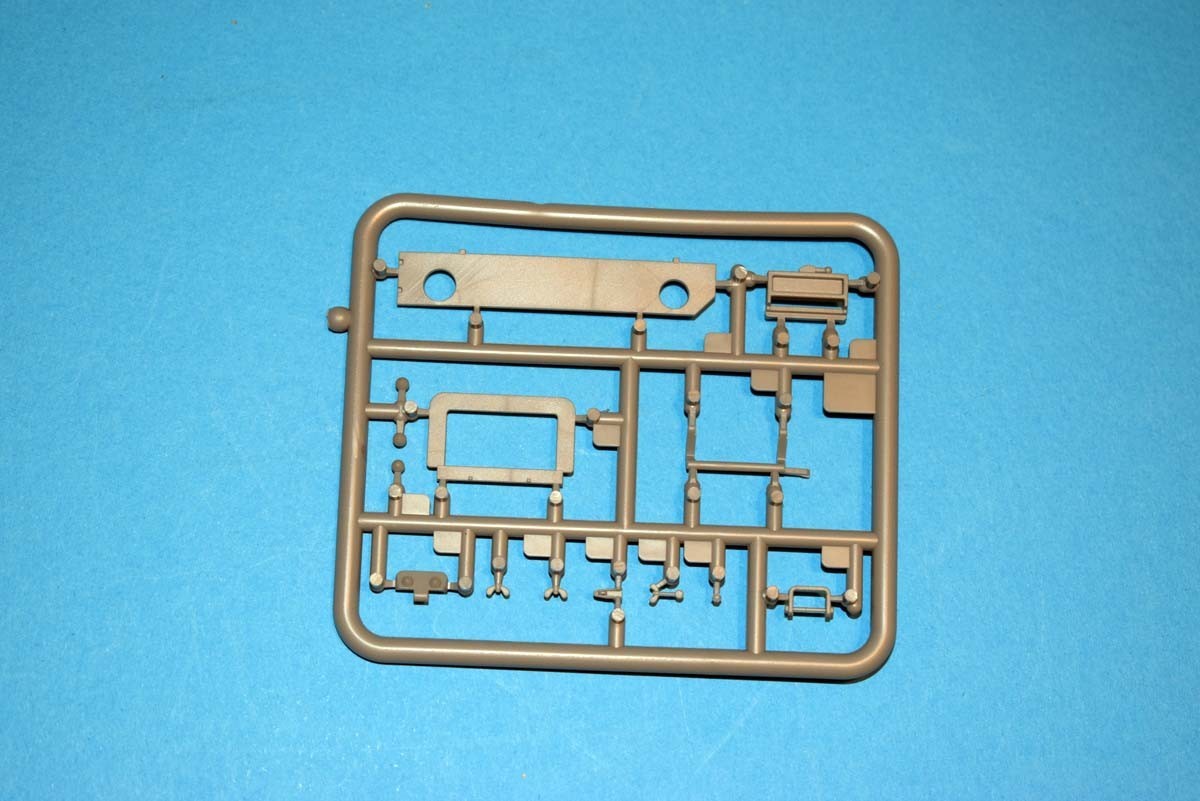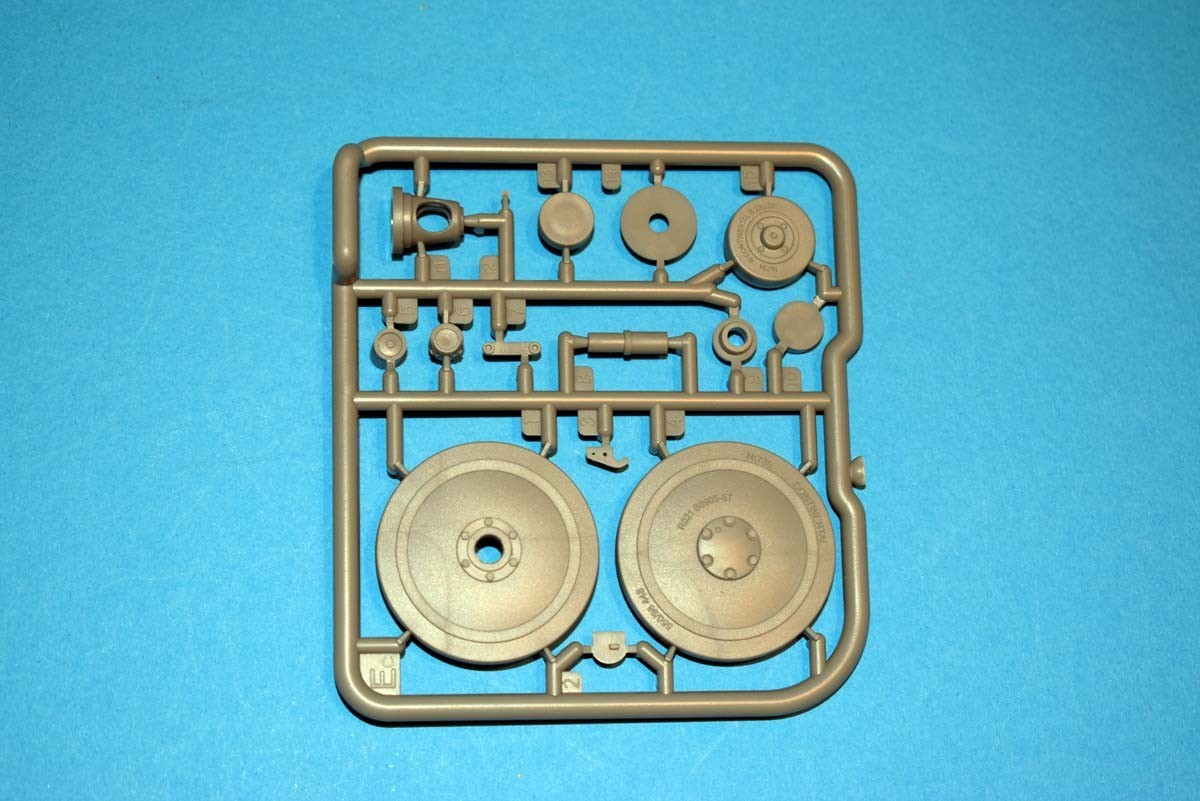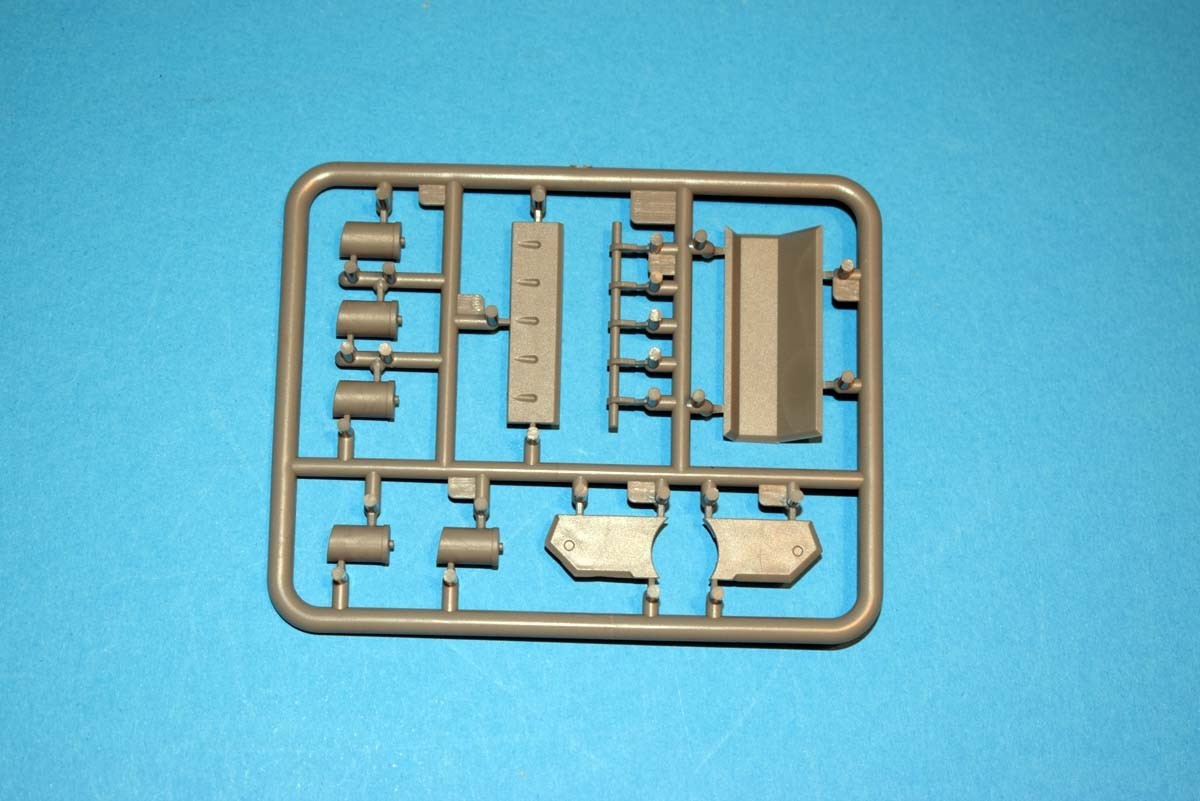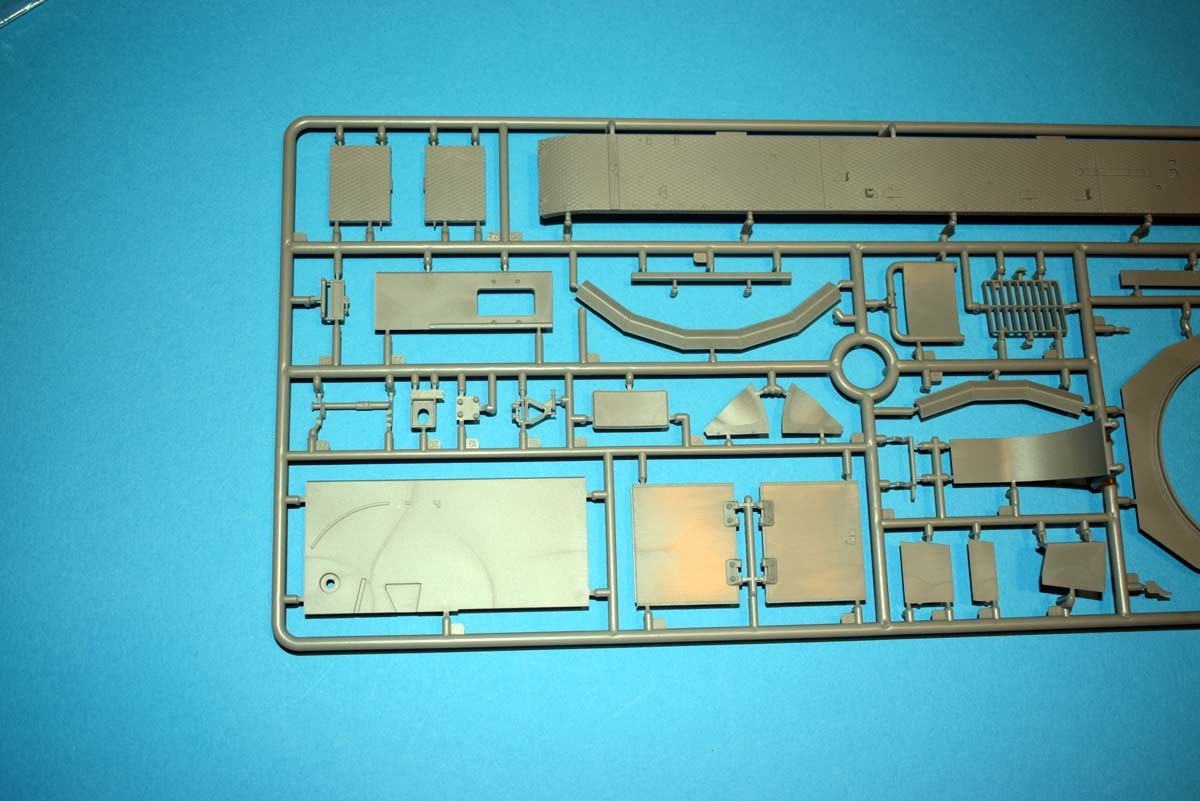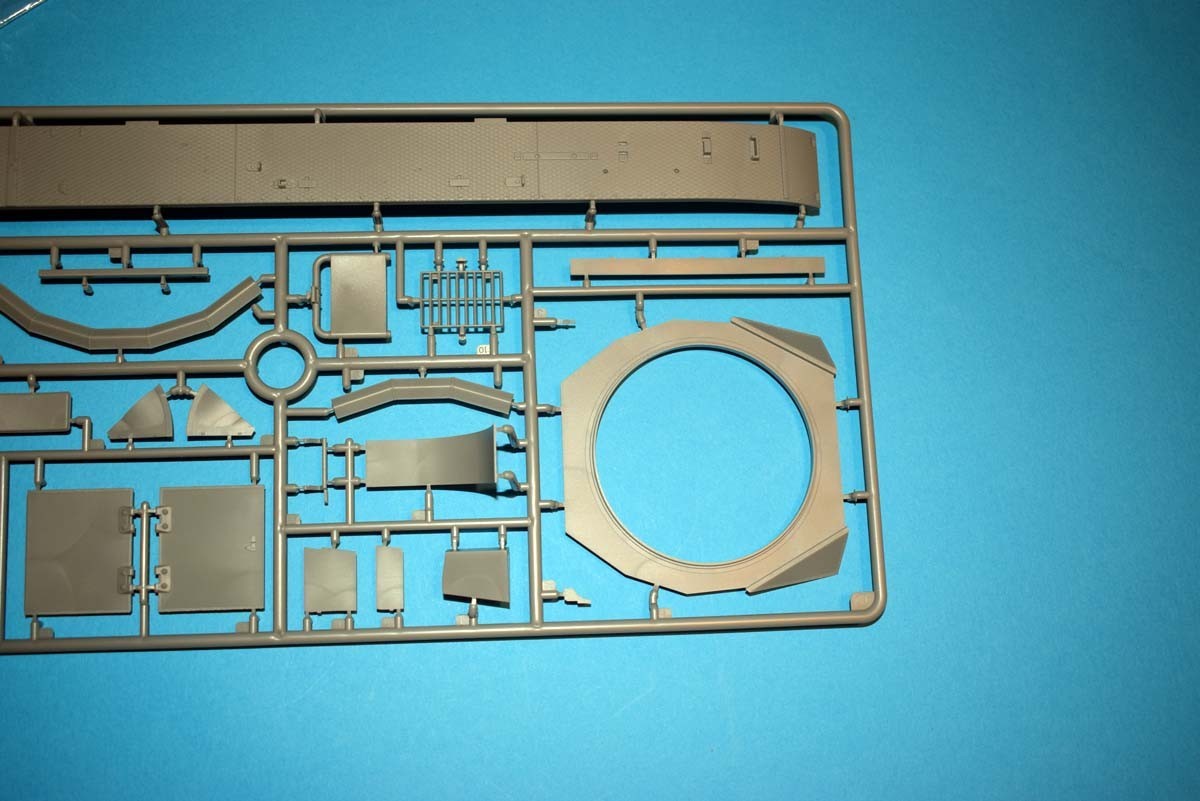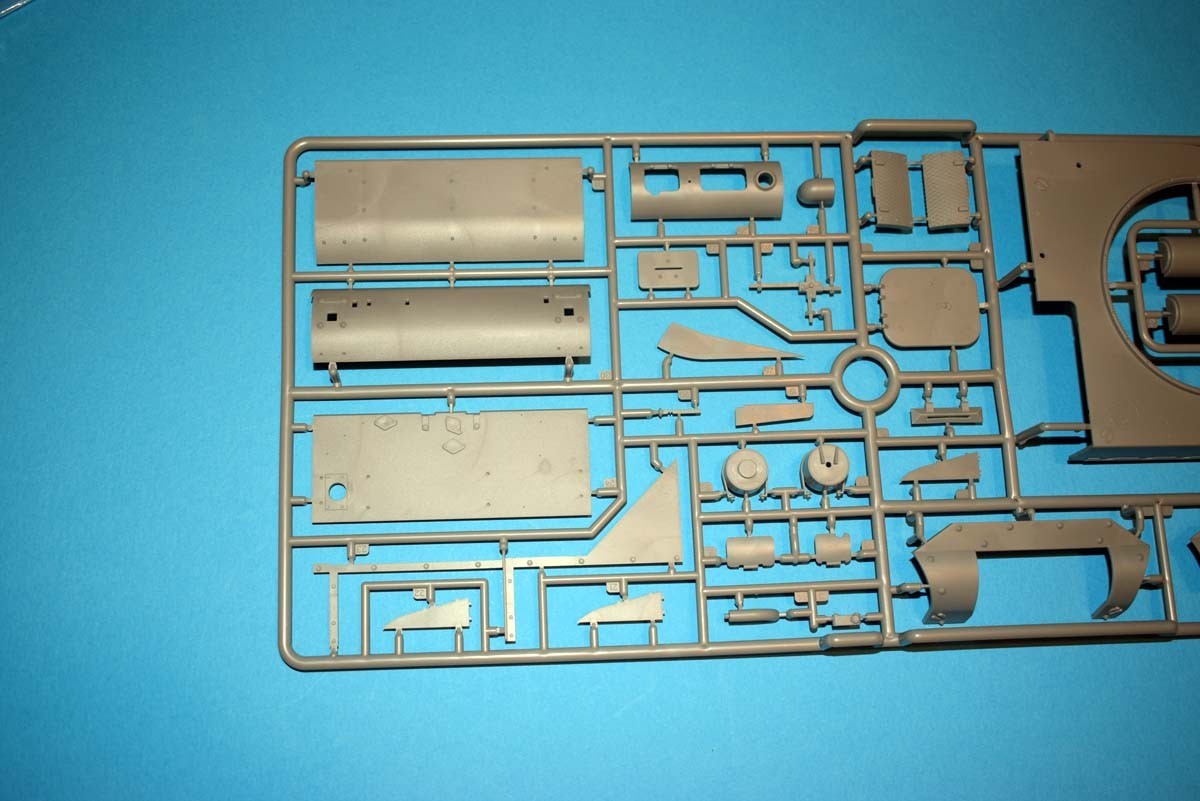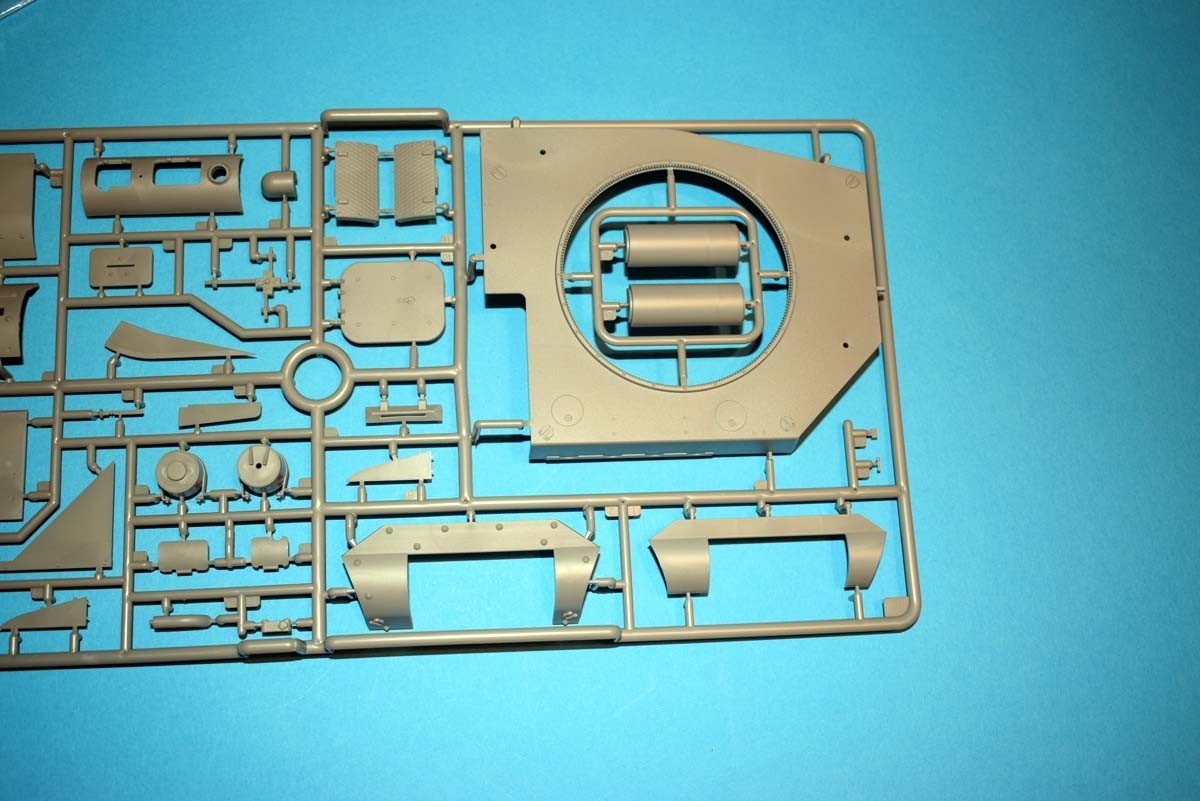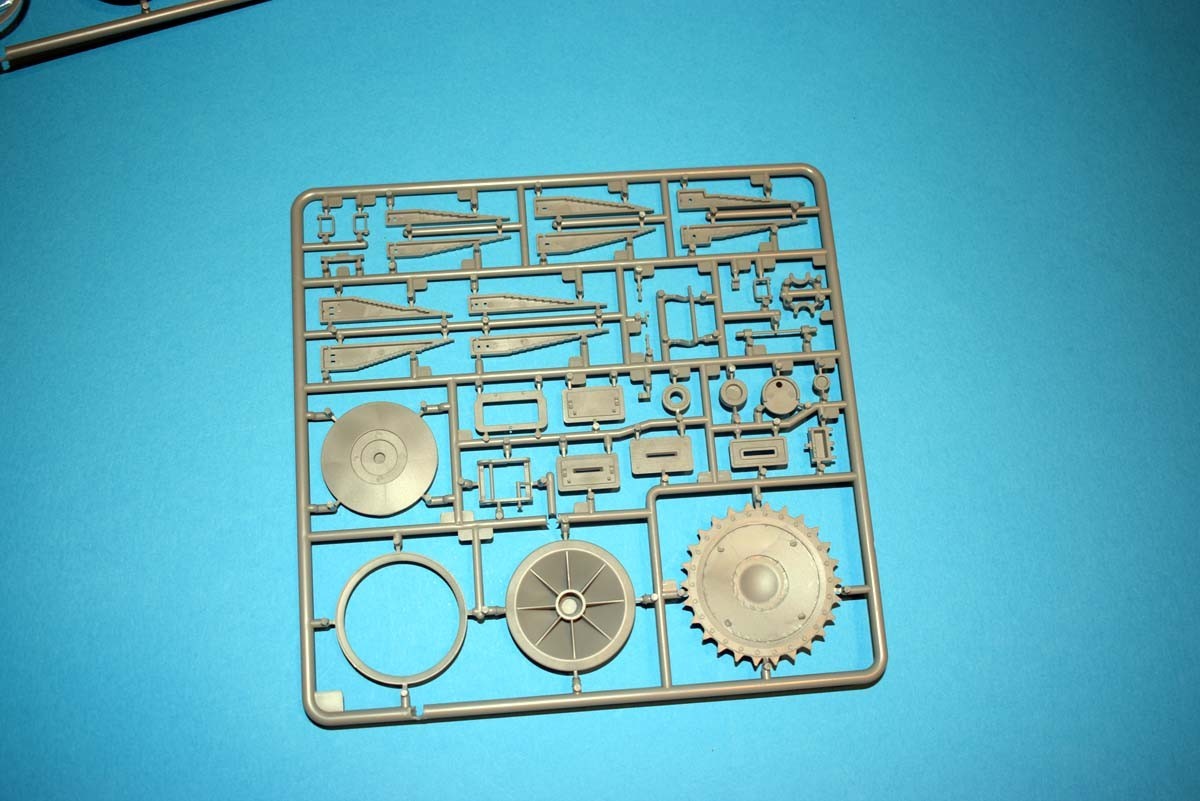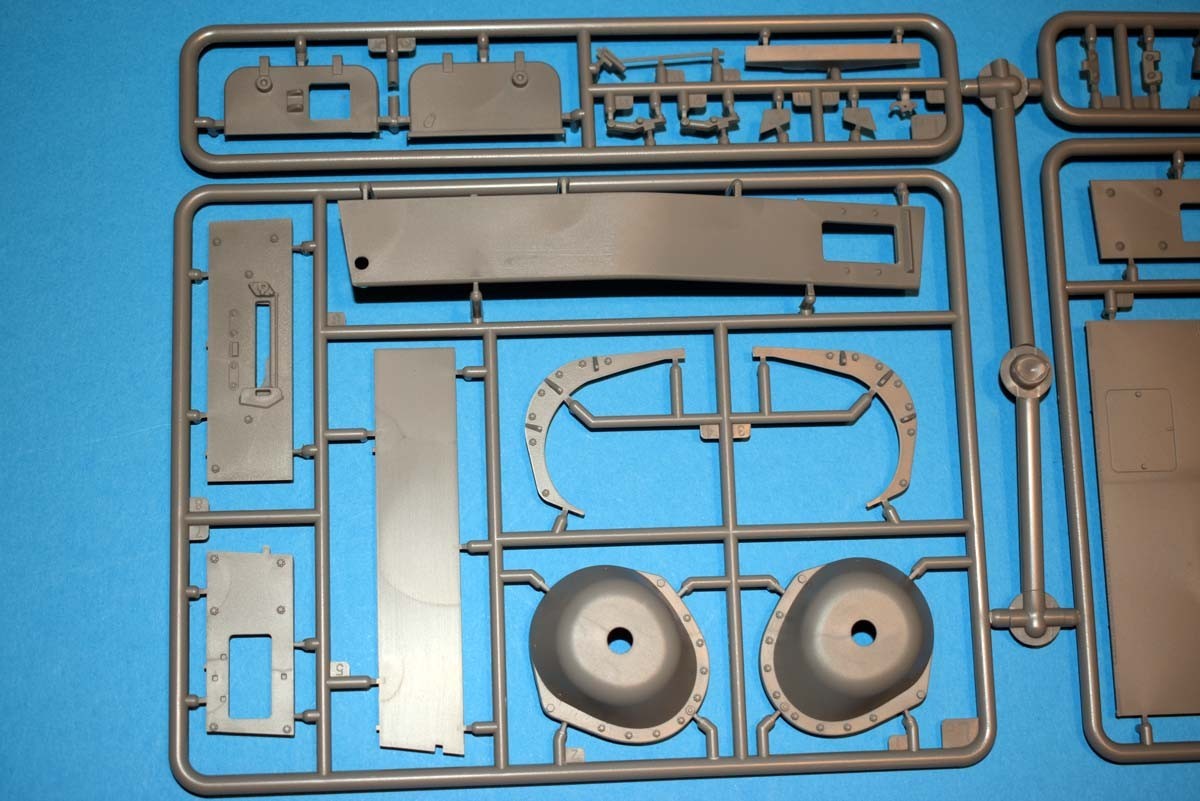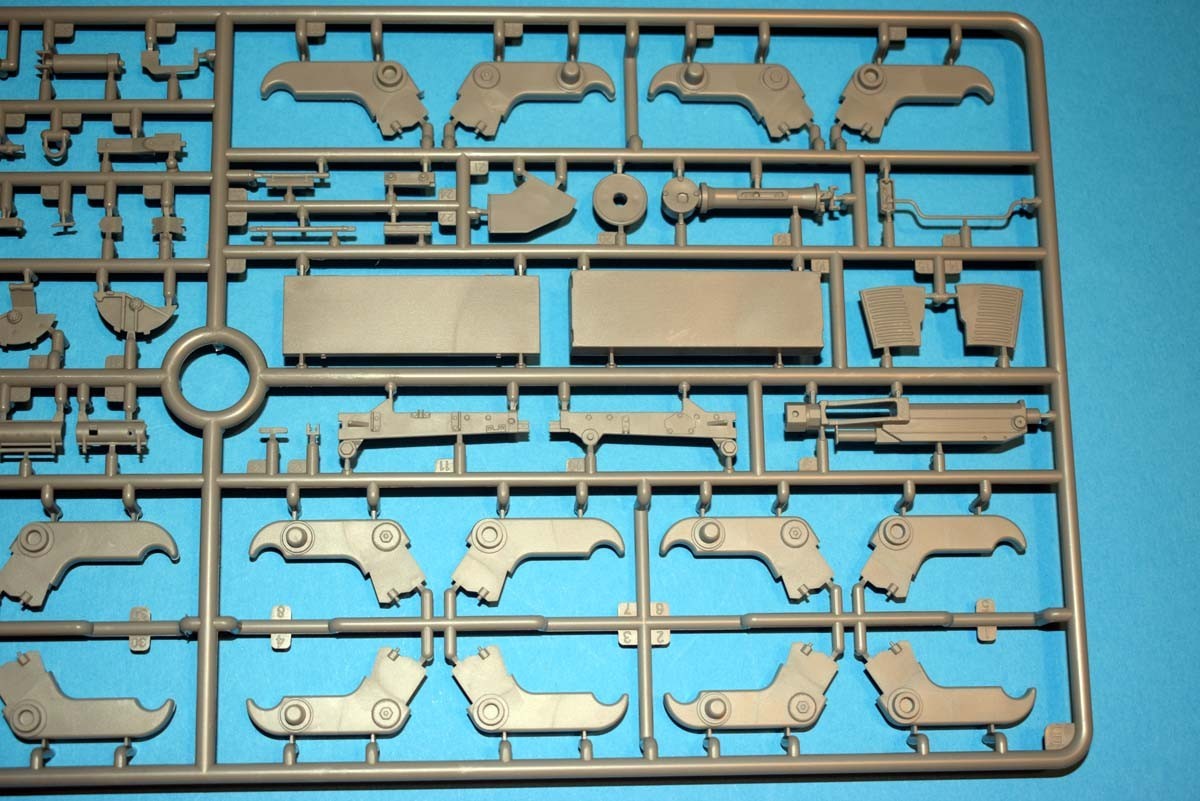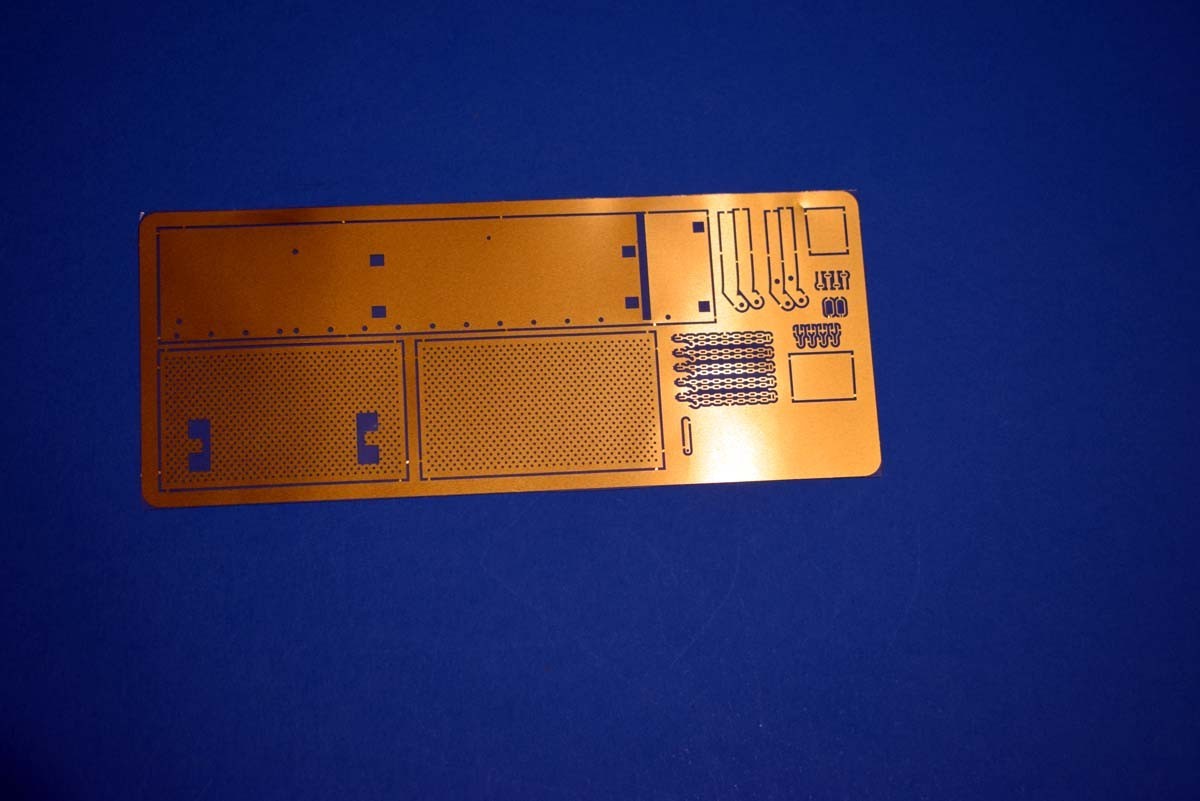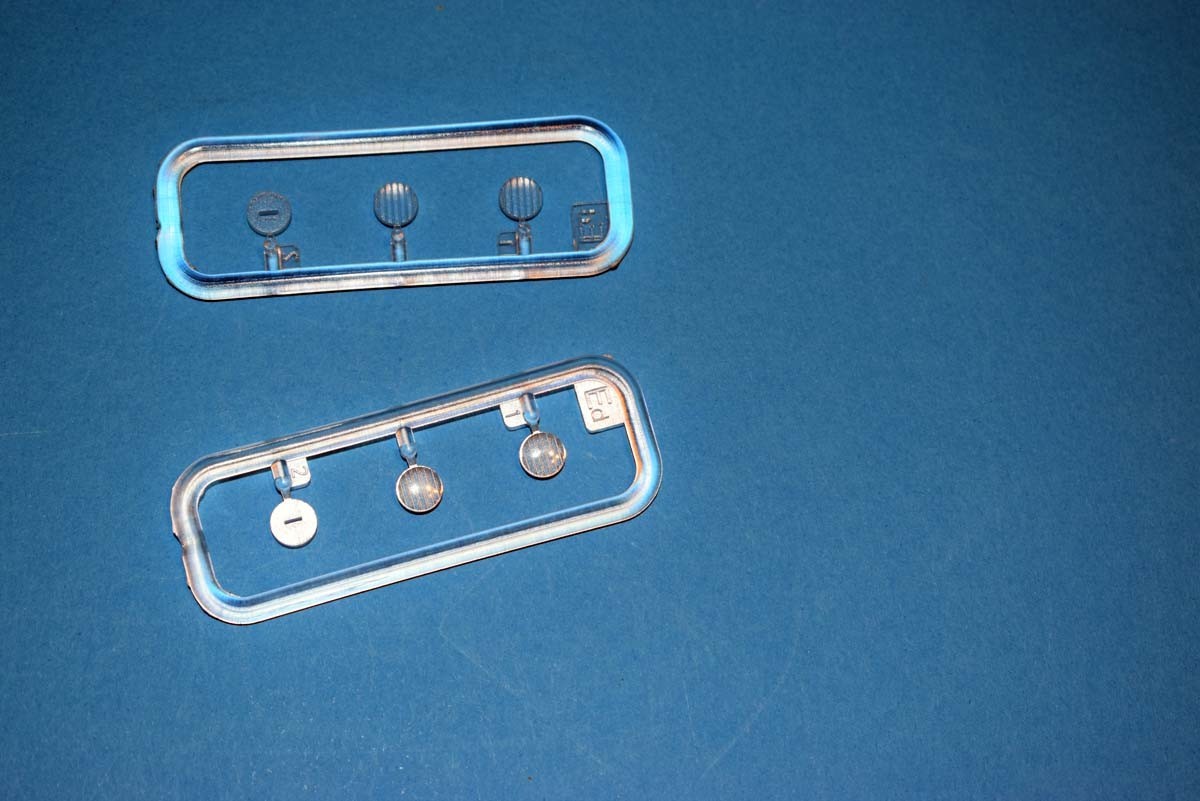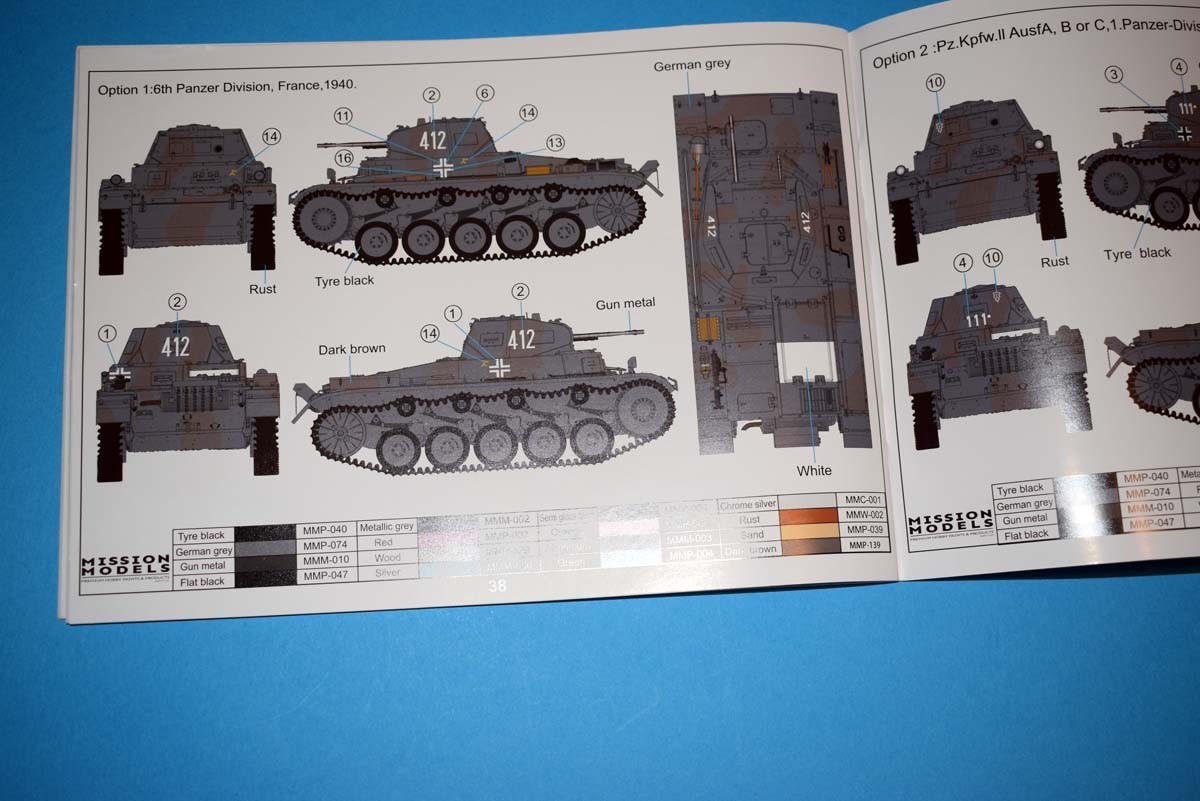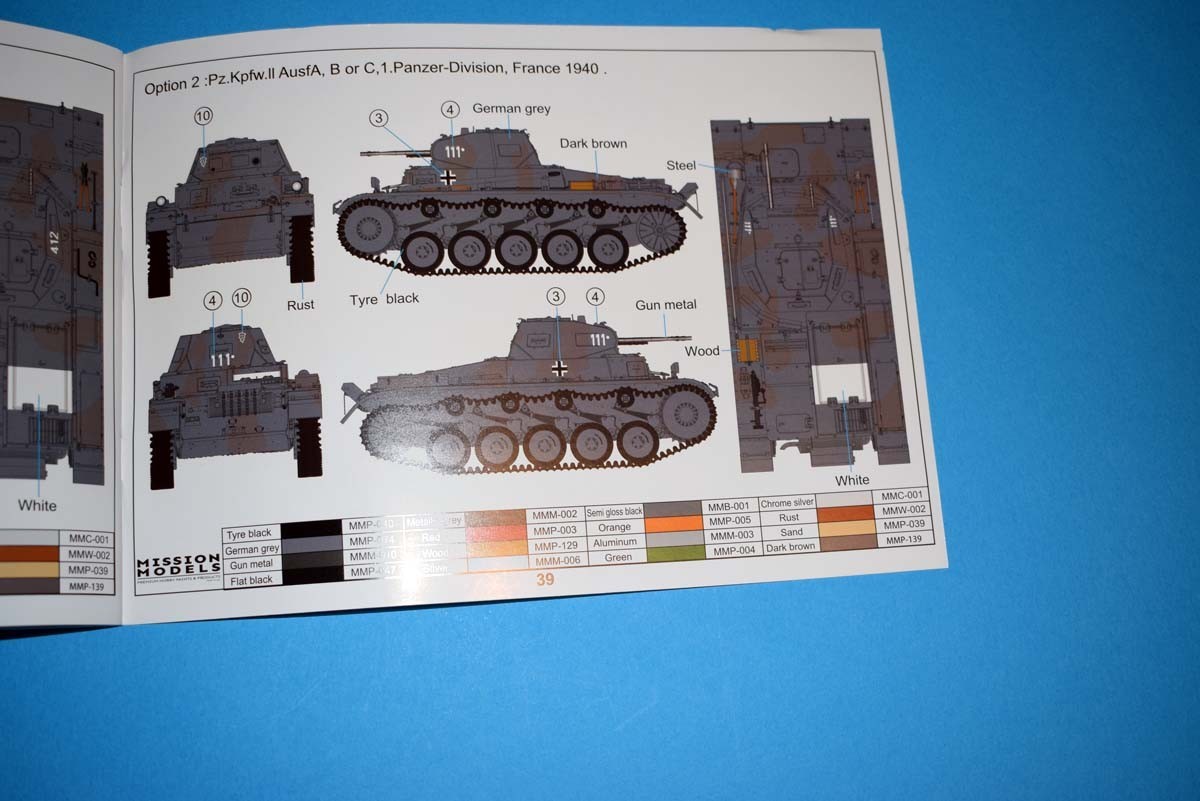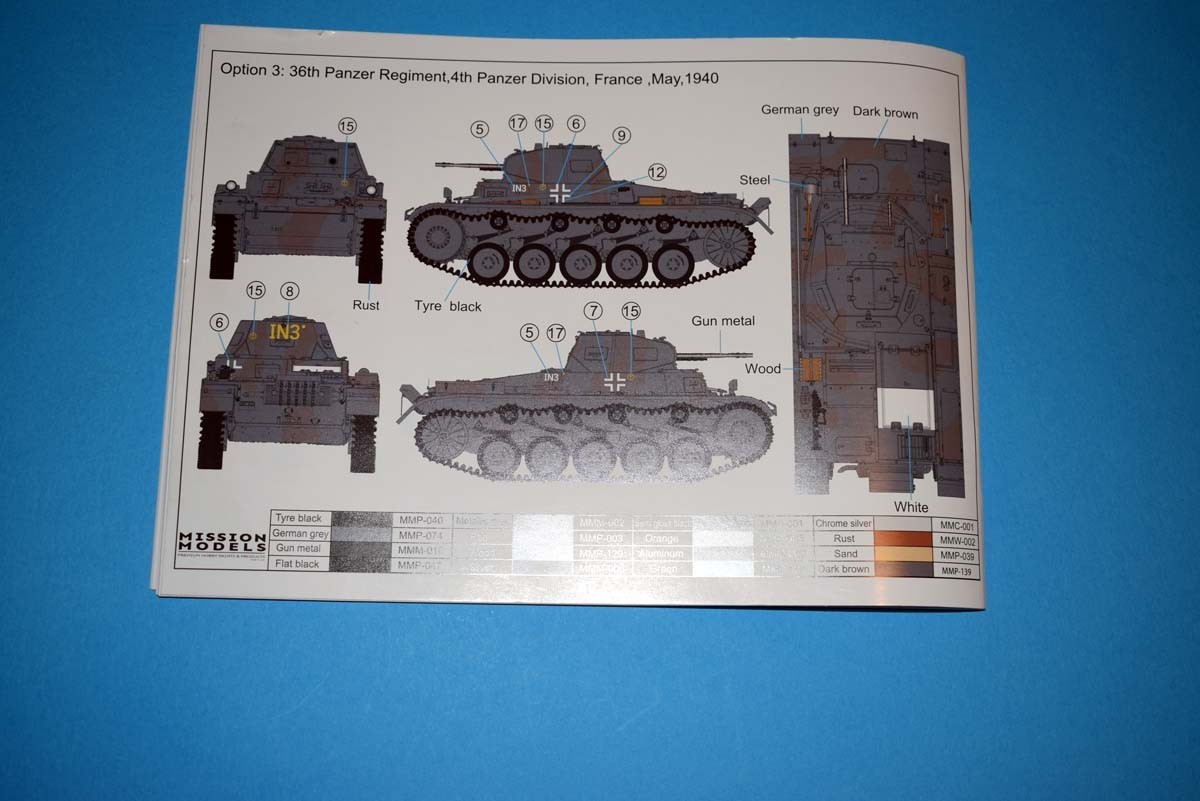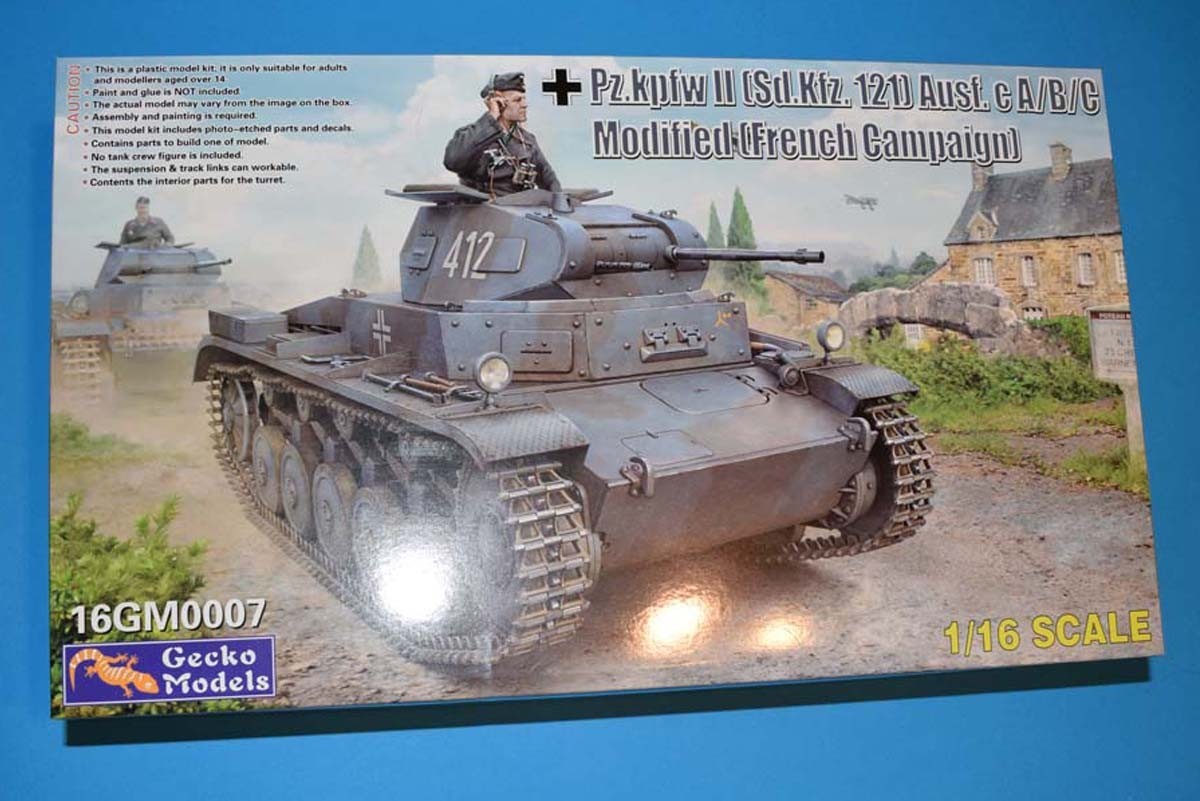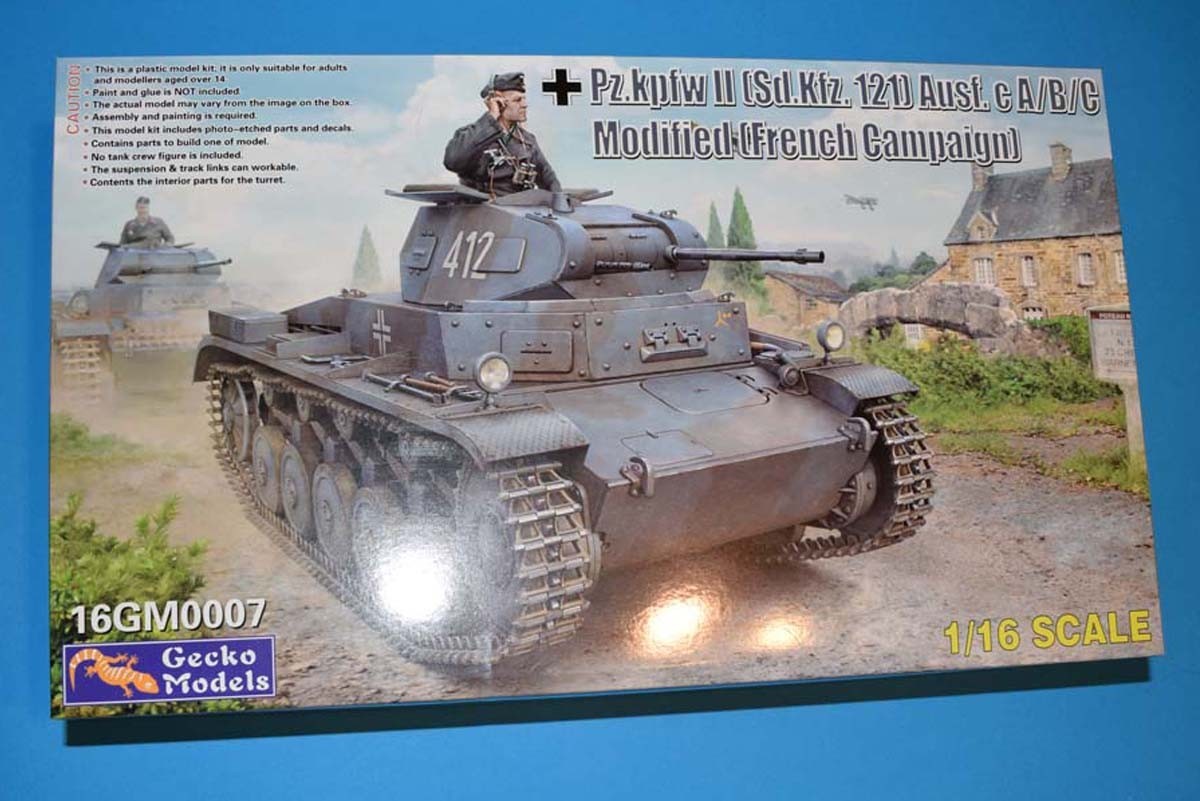
Introduction
The Panzerkampfwagen II was the second tank designed for the German army, with development starting in 1934. The original specification was for a battle tank armed with a 2cm KwK.30 L/55 canon which could penetrate 14mm of armour at 500 metres. Pz.kpfw II production began at Krupp in 1935, with the first of the tanks entering service in 1937. The Ausf A,B and C were basically the same model with minor internal changes. The tank weighted 8.9 tonnes and had a maximum armour thickness of 14mm. Powered by a 138 BHP Maybach HL 62 TRM petrol engine. The maximum road speed was 40KMH and 24.5 KMP cross country, the range was 190 kilometres. After the Polish campaign, some tanks were given extra frontal armour and a modified Commander’s cupola. These tanks would see action in the battle of France in 1940. The Pz.Kpfw II was outclassed by many French and British tanks, but made up to this by being deployed in large numbers. By 1940 the Pz.Kpfw III and IV had entered service and began to replace the Pz.Kpfw II in front line units. Still, the tank was used in North Africa and Russia in 1941 and 1942, but was finally retired at the end of 1942. Later Pz.Kpfw IIs were built as reconnaissance tanks and remained in service until the end of the war.
Review
This offering from Gecko Models of a 1/16th scale Panzer II is packaged in a flip top cardboard box, with an additional card lid. The mouldings are provided in a large number of plastic and Ziploc bags. An examination of the contents reveals no obvious issues with moulding quality, access for parts removal is good. The photo etch provided with the model is very fine, but that does mean a high level of care will need to be taken to avoid damage and/or distortion of these parts.
This offering from Gecko is not provided with an interior, and the suspension is set for a level surface. The hull is a multi part assembly which due to having no bracing will require careful placement of parts. I would suggest working from the rear and one side moving forward. Moulded on detail that is present is nicely defined, and while there is no interior for the model hatch interior detail is provided, and so if you have figures to fill the holes that hatches can be assembled open. The main road wheels, idler and drive all have the potential to be able to rotate after assembly, for me I only consider this useful for painting, the return wheels are not functional. The tracks for the release are individual working links, with a nice level of detail to them thanks to slide moulding being used. However, no moulding marks are present on the links, being tackled in this way does mean that the links are easily assembled and will provide natural track sag over the return rollers.
The track guards have moulded detail on both faces. In my example I can see some minor ejector pin marks on the inner face that you may wish to tackle. The driver’s viewing port has very nice detail inside and out and is a nice touch on this release. All of the hatch detail on the upper portion of the hull could be assembled in an open position if desired. I do not currently know the situation as regards interior detail sets for a Panzer II in this scale. A particularly well detailed aspect of the lower hull is the aerial and the channel into which it lays flat and the aerial can be installed as desired. Tools and storage containers are well replicated within the model, with most of the retaining bracketry being provided separately, with separate plastic moulded clamps.
The cannon and machine gun for the turret have very good detail both inside and out and so if you leave the turret hatches open and have a figure installed there is something to see rather than just empty space. The weapons can be elevated after assembly and look very good for plastic offerings. The viewing hatches around the turret interior have been well replicated, but cannot really be seen once assembled. The Commander’s seat has been included, making the turret hatch the easiest to show in the open position.
Gecko has provided 3 finishing option for this release:
6th Panzer Division, France, 1940
PZ.Kpfw II, Ausf A,B or C, 1st Panzer Division, France 1940
36th Panzer Regiment, 4th Panzer Division, France, May, 1940
Conclusion
Looking at the mouldings for this kit, it looks to me as if it will build up into a well detailed kit of this scale. Nothing jumps out at me as incorrectly detailed and I appreciate that specific finishing options have been provided. I would have liked one of the finishes to be from North Africa, but that may follow on from this release, as I believe there was some changes to the filtration system. Something that may surprise you when opening the box, is that it is very full and the instruction manual is provided using a heavy duty paper. All told a very nice kit to open Christmas morning.




